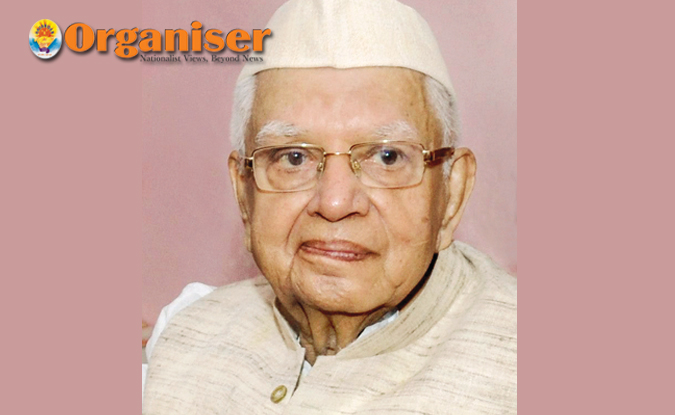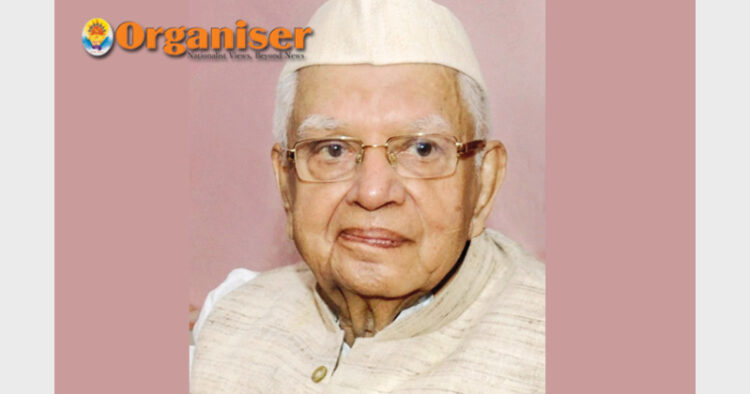An expert administrator, farsighted leader and a committed politician ND Tiwari will be known as an architect of Uttarakhand
Dr Govind Singh
Narayan Datt Tiwari, who breathed his last on October 18, has been a representative leader of the old school of Indian politicians. He started his political career as a student leader and then as the Praja Socialist Party leader. Later he joined the Indian National Congress and worked there for a long time. In his last days, he joined the Bharatiya Janata Party (BJP) and remained with it till his last breath. He was among the liberal politicians who maintained cordial relations even with his opponents, the quality which is now rarely found in most of the present politicians. He was thrice Chief Minister of undivided Uttar Pradesh, although every time for a brief period and later became third Chief Minister of Uttarakhand. He was elected as MLA in Uttar Pradesh at the age of 26 in 1952. The locks of Sri Ramlala temple in Ayodhya were opened during his tenure as Chief Minister of Uttar Pradesh.

ND Tiwari
As a politician he is remembered for some good works. He held the portfolios of Foreign Affairs and Finance at the Centre. On two occasions he was very close to become Prime Minister. First, when Rajiv Gandhi was trapped in Bofors scam and second after the assassination of Rajiv Gandhi. First time he refused the offer saying it would weaken the Congress. Second time he lost Lok Sabha elections from Nainital. He was an educated and visionary leader, and enjoyed long and distinguished experience. He had deep understanding of industrial policy.
As UP CM, his contribution is still remembered. He was not an open supporter of a separate state of Uttarakhand. During 1994, when Uttarakhand movement was at its peak, he was silent on this issue. Even he became Chief Minister of the state in 2002. But he could not deliver what was expected by the people of the hill areas. His focus mostly remained on industry and that too in the plain areas like Dehradun, Haridwar, Roorkie, Haldwani, Udhamsingh Nagar, Kashipur, Sitarganj, Pantnagar, etc. The industrial infrastructure and institutions that he created for development in those days are still remembered and have proved to be the foundation for growth. The industries, which are working in the state now, are basically because of him. However, while working in Uttarakhand he also eyed at New Delhi to be the Vice President or to hold any other top position, which, perhaps, his party Congress command did not favour.
It needs no elaboration that he was an expert administrator, farsighted person, a visionary, scholar and committed politician. Whenever he met anyone, he met as if he/she was his family friend. I know that whomsoever he met, he gathered information about him/her in advance. I remember some of my meetings with him and the warmness that he displayed. He was liberal because his original training as a politician was with the Praja Socialist Party. He never adopted a fundamentalist approach. He knew the pulse of the people. That is why he always enjoyed support on the ground. His grip on the plain areas of Nainital was always strong. People supported him because he was always ready for their help and to address their issues. Kashipur emerged as an industrial hub because of ND Tiwari. The work done in Rudrapur and some other areas is also still remembered. However, he could not do much for the people of the hill areas. Perhaps it was not in his roadmap for state’s development. The politicians of present generation can learn from him how to be liberal in public life. His simplicity and easy access were also hugely appreciated by one and all.
(The writer is a senior journalist & columnist and Heads the Department of Journalism and Mass Communication, Central University of Jammu)













Comments